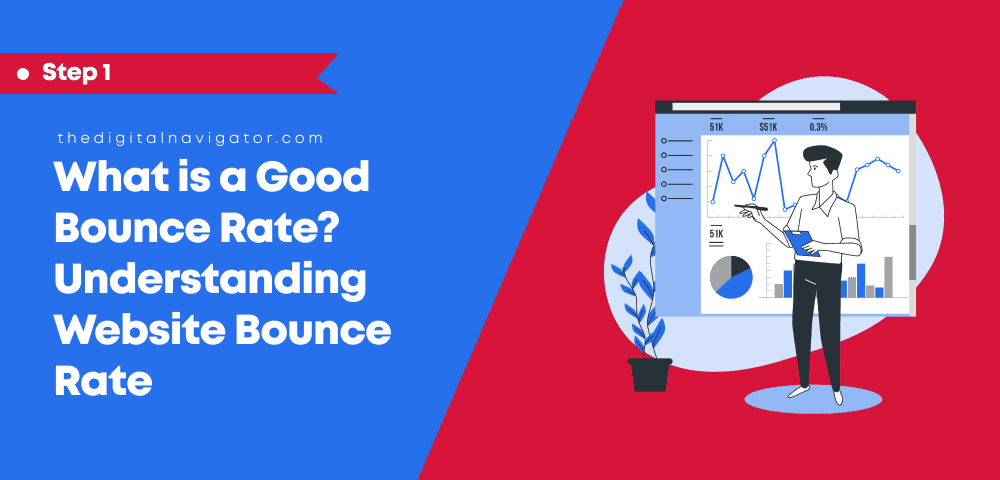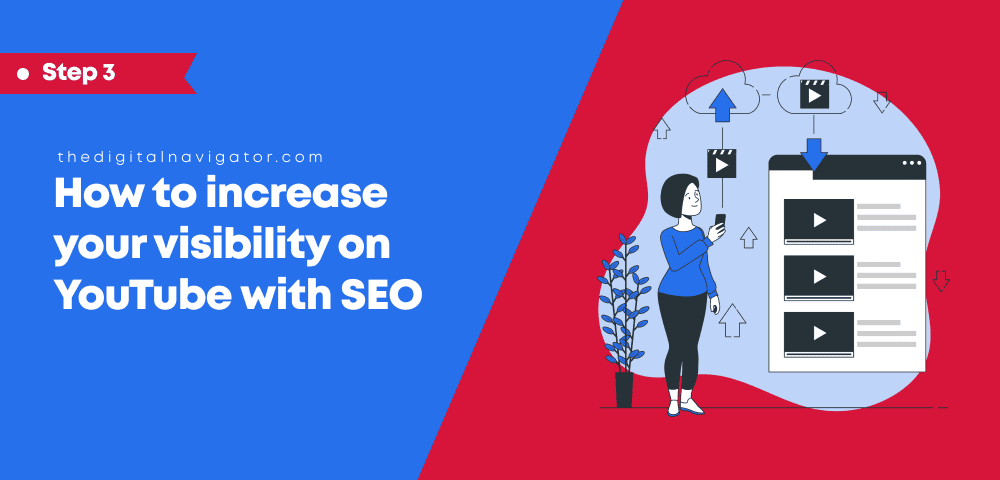What is a Good Bounce Rate | Understanding Website Bounce Rate
Reading Time: 4 min
Before you jump in and start work on reducing your bounce rate, get a handle on some bounce rate basics to set your website up for success.
This article is Part 1 of 3 in our guide to How to Reduce Bounce Rate and Increase Conversions | 11 Tips for Success.
These are the questions you want to ask to avoid becoming one of the unlucky ones who have a high influx of website traffic but little conversions.
No one wants to invest a ton of money and time on marketing their website without getting the desired results.
One major reason why you aren’t converting all that traffic into leads and sales is because your website might be suffering from a high bounce rate.
Table Of Content
A higher bounce rate means that your audience leaves your website before visiting other webpages, or that they do not stay long on the first page they clicked on.
To help avoid high bounce rates, in this article we will discuss what is bounce rate and how to reduce bounce rate so you can start converting each and every client who visits your site.
What is bounce rate?
What is bounce rate? Bounce rate can be defined in many ways depending on the industry and the applications they are used in. The most common definition of bounce rate is referred to as the percentage of visitors leaving your website without visiting any other website pages.
In the business world, the modern definition among data analytics professionals and one in The Digital Navigator’s dictionary is the percentage of visitors leaving your website without taking any action on your website.
In other words, it refers to the absence of an interactive event on your website. An action or interactive event takes place when a website visitor submits a contact form, provides contact details to a chatbot, interacts with a live chat agent, or navigates to another webpage.
The more interactions you have on your site, the lower your bounce rate will be, meaning you will likely secure a better position in search engine rankings, better understand buyer behavior, and convert more prospects into online sales.
What is a good bounce rate?
For most online businesses and websites, a bounce rate of about 26 to 40 percent is considered excellent, while 41 to 55 percent is the average bounce rate for most. Anything above that…you might want to figure out how to reduce bounce rates right away–though higher numbers are more common for blogs or news pages.
Why is a Low Bounce Rate Important?
Now that you are familiar with what is bounce rate, it is important to understand why having a low bounce rate is beneficial for your online business.
A high bounce rate signals search engines, whether it is Google, Yahoo, Bing etc. that your website is not performing well or is not able to provide a solution to your user’s questions. As a result, high bounce rates lower your search engine results.
Keeping a low bounce rate is also important for your bottom line. You likely spend money on advertising and marketing your website, so if you end up getting a high bounce rate, that is a lot of money wasted.
It is therefore important to identify the specific factors which affect your website and the reason behind why users are leaving your website without interacting with your content. Here are three popular reasons why you might have a high bounce rate:
3 Reasons Your Bounce Rate is High
- Your webpages are not meeting visitor expectations
There are several reasons why your page might not be meeting the expectations of the users. For instance, they don’t provide relevant or sufficient information, or there is an absence of live chat and support.In other words, if your pages are not giving users what they want, or if they get confused about what you are offering, they will leave quickly resulting in a higher bounce rate. - Bad User Experience
Whether it is a fault in your design or just a difficult to navigate website, this is a major red flag which will result in a high bounce rate. Users want a website that is easy to browse and navigate so they can find what they are looking for in a timely manner. - Single Page with All the Answers
Although this can be considered a positive, having a single page that gives users everything they’re looking for in one click can negatively affect your website’s bounce rate.
Reason being, if your landing page is giving what your users want, they are less likely to browse the rest of the website.
For instance, if they are looking for tips to increase their social media presence and if your landing page provides the answer, they would most probably not browse the remaining web pages or content–content which may be more convincing in terms of making a sale.
How Do I Check My Website’s Bounce Rate?
If you want to know how to reduce bounce rate, it is important to check your website’s bounce rate first. Not only will it help you identify how to improve bounce rate, but it will also help you analyze what your website is missing on and what it can capitalize on for growth.
Once you are done checking your website’s bounce rate, you will be able to derive various analyses and decisions based on the behavior of visitors to your website.
For instance, if you are a business owner or creator, you can analyze the pages which get the most traffic and make them the primary focus to capitalize on sales, leads and conversions.
Checking your website’s bounce rate will also help you link website pages together which will, as a result, increase the chances of more clicks, and more conversions.
Before we dig into how you can ultimately lower your website’s bounce rate, here are two methods for how to find out your website’s bounce rate:
- Website bounce rate is calculated by dividing the number of single-page sessions by the number of total sessions on the site. Single-page sessions refer to visitor inaction, where they do not visit another page on your website.For instance, if 100 users land on your website (total sessions) and 5 of them exit without triggering another request, your website’s bounce rate is 5%.
- An individual page’s bounce rate is somewhat different than your website’s bounce rate, and is calculated in a similar manner, but the metrics are page-specific. It is derived by dividing the number of single-page sessions that begin and end on a particular page by the number of total sessions that begin and continue from that same page.In other words, if there are 100 website visitors on your website and if 50 of those users land on your homepage and 2 of them exit without triggering another request, your homepage has a bounce rate of 4%.
Checking your website’s bounce rate may not require these types of calculations if you are using Google Analytics, WordPress, or Private Analytics like the ones we offer to clients at The Digital Navigator.
More often than not, your analytics dashboard will tell you exactly what your website bound rate is, and will help you understand which individual pages have higher an lower bounce rates on average.
How to Reduce Website Bounce Rates
Once you have a more direct understanding of what your bounce rate is, then you can start working to lower your bounce rate so that visitors stick around for the long-haul.
You want them reading all the content you’ve created, and you want them to either buy a product, or enter their contact information on a form from your website.
That’s why we’ve come up with 11 foolproof ways to reduce your website bounce rate so you can start getting more visitors, and more website conversions overall.
FAQ
What is bounce rate?
What is a good bounce rate?
Why is my bounce rate high?
How do I check my website bounce rate?
This article is Part 1 of 3 in our guide to How to Reduce Bounce Rate and Increase Conversions | 11 Tips for Success. Once you’re finished reading, skip to Part 2: 11 Tips to Reduce Your Bounce Rate, or go ahead and read Part 3: How to Incentivize More Site Visits.









0 Comments